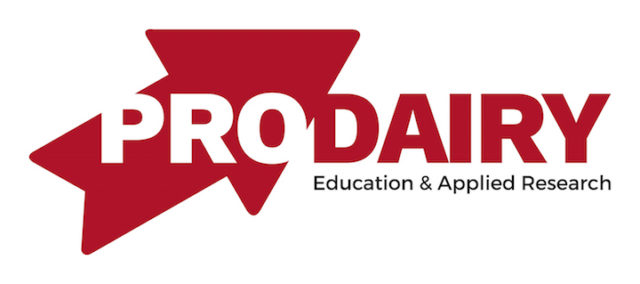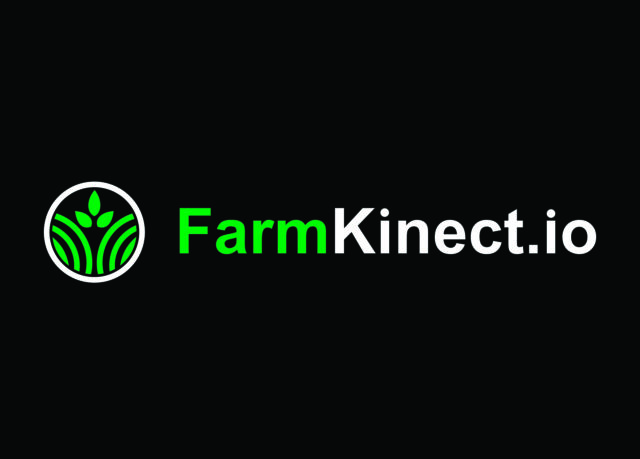We’ve been surveying readers lately – both in print and in person. One of the most intriguing things I’ve learned is that you don’t have much time to read, if you have any time for it at all.
So, given what I know about your crunch for time, I was concerned when I heard a suggestion to dairy producers at a recent conference I attended. The trainer suggested your dairy is becoming more of an agribusiness and thus you should be reading the best the business press has to offer. The list of publications to read included The Wall Street Journal, The Financial Times, Forbes, Fortune, Bloomberg Businessweek and The Economist. While these are fine publications and the suggestion to read them is also fine, there are two problems with this idea.
First, they all cost money. Annual subscriptions to this list of publications at the best introductory rate available would cost $830 per year. I know from our recent surveys that paying for a magazine is unappealing to you. (That’s why this magazine remains free for qualified, requested readers. Please email to request it keep coming, if you haven’t in the last year.)
The second problem is time. As insightful as you could become reading these publications, you don’t have time to read them. You have cows to milk, feed to mix, employees to manage, machinery to fix, etc.
Because I don’t have those things to do every day, one of my job responsibilities is to read them for you and keep you up-to-date on what you might have missed that could be relevant to a dairy producer. Consider me and the other Progressive Dairyman editors your filtered-for-dairy business newswire. This column will appear in our weekly enewsletter and will contain summaries of what we’ve read that week that pertains most to a dairy farmer. Here’s some interesting news from this past week.

If milk were oil ...
This past week, the Wall Street Journal reported that crude oil in storage rose to a record 533.1 million barrels. It’s hard to comprehend how much oil that is and why it’s weighing down the price of crude futures without some context.
Instead of oil in storage, consider if this same quantity of fluid milk were in storage.
One barrel contains 42 gallons; 533.1 million barrels contain 22.4 billion gallons. (Stay with me: I know the numbers will get bigger before smaller.) This quantity would be equal to 1.9 billion hundredweights of milk (1 hundredweight contains 11.63 gallons). That’s equal to 192 billion pounds of milk (1 hundredweight is equal to 100 pounds). That quantity of milk is equal to the average annual production of 8,453,546 cows. (At last, we’re getting some smaller numbers.) And finally, as of the last USDA Milk Production report, the U.S. had 9,370,000 milk cows in production.
So if milk were in storage instead of oil, the U.S. would have tucked away 90 percent of total milk production for a year.
If this milk versus oil comparison has intrigued you, you’d probably also enjoy this article published last year in Progressive Dairyman by Matt Gould.

Higher sand prices expected because of fracking
In another related oil and gas industry story this past week, the Wall Street Journal reported sand prices are expected to increase over the next year and are already 50 percent more than the middle of last year. The increase in demand is being driven by fracking. I’ve read in multiple locations that the magic number for fracking operations is $50-per-barrel oil. Above that price and production increases; below that price and production contracts. As prices have hovered near this mark recently, frackers are beginning to ramp up. (The average well pumps 5,277 tons of sand into the ground to extract oil.) The story says that market prices could increase another 25 percent by the end of the year if oil prices remain strong.
From some research I did this week, sand markets are hyper-local. Buyers farther away from a sand source will pay more due to limited local supply and for delivery. For example, one Wisconsin dairy producer contacted for this article reported his price for delivered sand near $8 per ton. (Wisconsin is one of the “supply” states for sand.) Another reader in the West reported sand prices at $20 per ton delivered.
While dairies and frackers don’t always compete for the same type of sand, this price trend bears watching. A 25 percent increase on $8 isn’t much ($2 per ton), but in a tight milk market, every little cost adds up.
U.S. soccer team’s comeback coach: ‘Have an eye for players’
I enjoy lots of different sports. My NCAA bracket was busted early in the tournament, so I turned attention to another sport that has held my interest the past few years – U.S. men’s national team soccer.
One week ago, the U.S. team was at the bottom of its six-team division (called a “hex”) for one of three spots to qualify for the World Cup in 2018. Being in dead last got the last coach fired. The new coach, Bruce Arena, is in his second stint with the team. His coaching philosophy: “A lot of coaching is just about having an eye for players, and knowing what they do well and don’t do well, and communicating with them.”
That’s according to an interview he gave for a March 24 Wall Street Journal article. What does that have to do with dairying? The most successful dairy teams I’ve observed have engagement with day-to-day managers and ownership. I’ve wondered why that is, but after reading this article, I think Arena is onto something. It’s because they have eyes on their team. It’s hard to have a good team with an absentee leader. And the best leaders, I suggest, have learned to observe details and communicate well what they see as areas for improvement.
(By the way, the team won its first game under Arenas and is back in the hunt to qualify for the World Cup.) ![]()
Watch for more summaries like this to follow each week and be sure to subscribe to Progressive Dairyman’s enewsletter to get them. Click here to subscribe.

-
Walt Cooley
- Editor-in-chief
- Progressive Dairyman
- Email Walt Cooley
PHOTO 1: Staff photo.
ILLUSTRATION: Illustration by Fredric Ridenour.
PHOTO 2: A sand pile used to bed stalls at a Wisconsin dairy. Staff photo.





